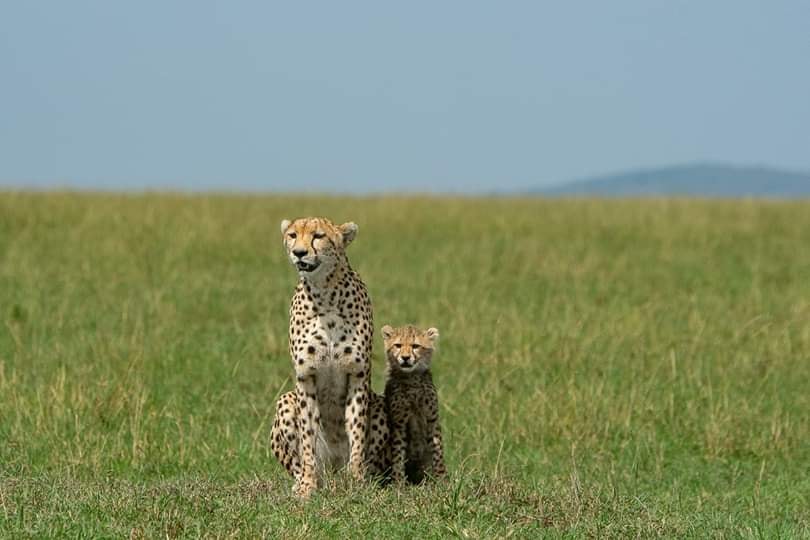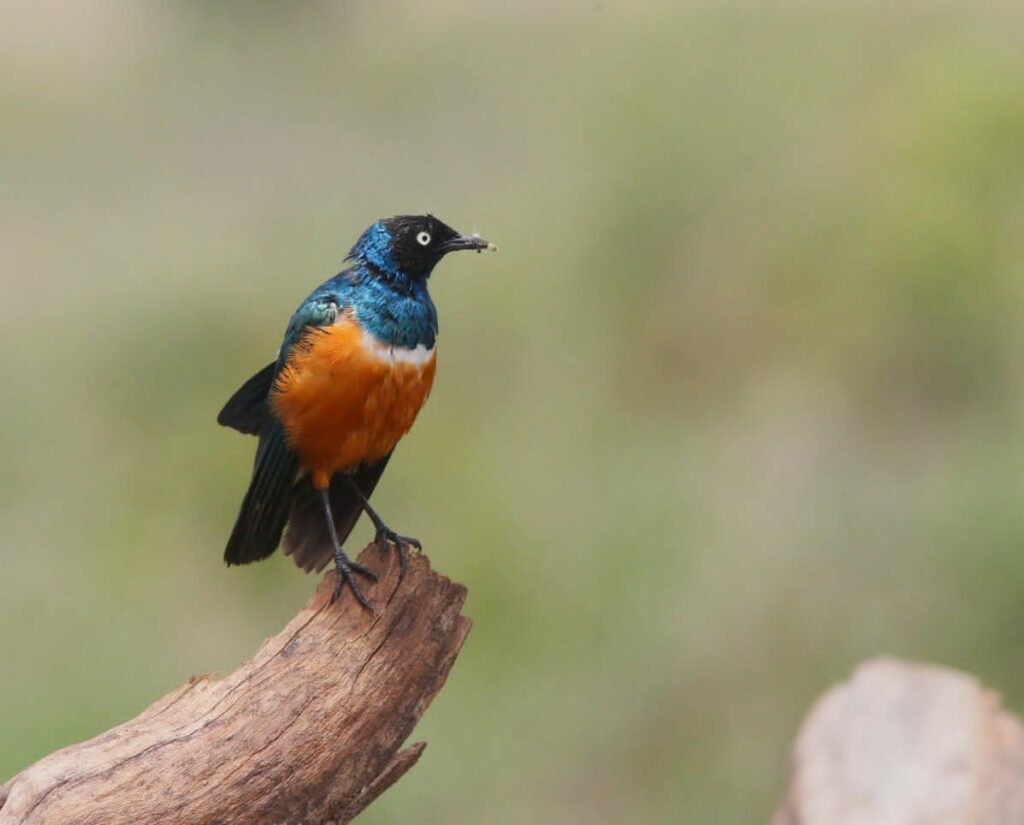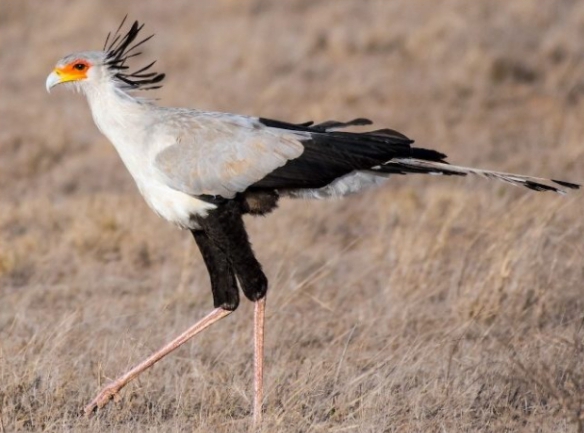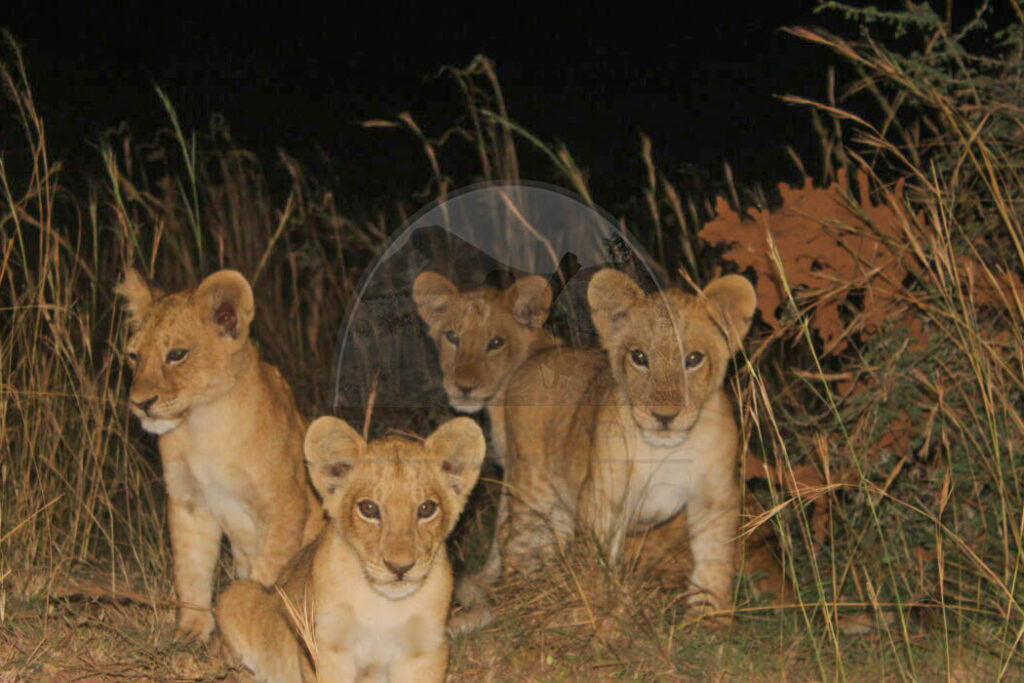Kidepo Valley National Park
Kidepo Valley National Park is one of the magnificent National Parks found at the border of Sudan and Kenya in the northeast corner of Uganda covering an area of 1,442 sq. km and was gazette a national park in 1962. Kidepo Valley National Park is comprised of savannah vegetation, hills, valleys like Narus valley, mt. morungole among others.
It is one of the most spectacular parks with scenery that is no doubt the most eyes catching in all the protected areas in Africa.
Is the most beautiful national park in Uganda with charming landscape, unique and abundant wildlife among others.
It has a variety of 80 mammal species and some of these are only found only here like the Bat-eared Fox, Caracal, hunting Dog, both the Greater and Lesser Kudu among others.





Kidepo Valley National Park offers an unparalleled wildlife experience, with its diverse range of species and stunning landscapes. The presence of unique creatures like the secretary bird adds to the park’s allure, making it a prime destination for nature enthusiasts and adventure seekers. Whether you are tracking big game, birdwatching, or simply soaking in the breathtaking scenery, Kidepo Valley National Park promises an unforgettable African safari experience. African Scenic Beauty Safaris makes it possible for you to Explore Kidepo Valley National Park in General.

1. Playful Behavior
Cubs are often seen engaging in playful activities, which are not only entertaining to watch but also crucial for their development. They practice hunting techniques, develop social bonds, and learn survival skills through play. Observing cubs at play offers a glimpse into their future as apex predators or vital members of their species.
2. Learning and Adaptation
Cubs are constantly learning from their environment and their elders. Watching them mimic adult behaviors, such as stalking or pouncing, provides insight into the intricate process of learning and adaptation in the wild. This learning period is critical for their growth and eventual independence.
3. Parental Care
The relationship between cubs and their parents, particularly the mother, is a poignant aspect of their lives. Female lions, for instance, are known for their strong maternal instincts, protecting and nurturing their cubs diligently. This bond is essential for the cubs’ survival and offers a touching view of family life in the animal kingdom.
4. Curiosity and Exploration
Cubs are naturally curious and often explore their surroundings with great enthusiasm. This curiosity can lead to delightful and sometimes amusing encounters, as they investigate new sights, sounds, and smells. Their exploration activities contribute to their understanding of their territory and its hazards.
5. Vulnerability and Growth
There is a unique appeal in observing the vulnerability of cubs. Their small size and dependent nature make them more susceptible to predators and environmental challenges. Witnessing their growth and development over time, from vulnerable infants to confident young adults, is a testament to the resilience and strength of nature.
6. Conservation and the Future
Cubs represent the future of their species. Observing them in the wild underscores the importance of conservation efforts to ensure that these magnificent creatures continue to thrive in their natural habitats. Protecting cubs and their families is crucial for maintaining the biodiversity and ecological balance of Kidepo Valley National Park.
Encountering cubs in Kidepo Valley National Park is a captivating experience that highlights the beauty, complexity, and interconnectedness of wildlife. Their playful antics, learning processes, and familial bonds offer a unique and heartwarming perspective on the animal kingdom, making every sighting a memorable moment for visitors.
It is home to 465 bird species, 58 of these being raptors and among the 58, 14 are only found in Kidepo valley National Park e.g., African Swallow-tailed Kite, Lammergeier, Verreaux’s Eagle, Fox Kestrel, Pygmy Falcon, Eleonora’s Falcon among others. Other specials include Stone Partridge, Clapperton’s Francolin, Quail-plover, White-bellied and Hartlaub’s Bustards, Black-faced and Lichtenstein’s Sandgrouse, Eastern Yellow-billed, Red-billed and Jackson’s Hornbills, Black-breasted Barbet, Pink-breasted Lark, Chestnut-backed Sparrow-Lark, Golden Pipit, Red-pate and Rock-loving Cisticola, the globally vulnerable and RARE Karamoja Apalis, Amethyst Sunbird, Taita Fiscal, Emin’s Shrike, Three-streaked Tchagra, Grey-capped Social-Weaver, White-headed and White-billed Buffalo-Weavers, Black-cheeked Waxbill, Eastern Paradise-Whydah and Yellow-rumped Seedeater among others. If you know the Masai, Karamoja area where Kidepo Valley National Park is found is inhabited by their casines the Karamojong. Their lives centered on cattle just like the Masai, they still live a very simple lifestyle. For your eyes only: Whether a cow is the US or Australia, it belongs to a Karamojong. Just like their Masai casines, the Karamojong to have the love for colorful clothing.
Get in touch with us!
